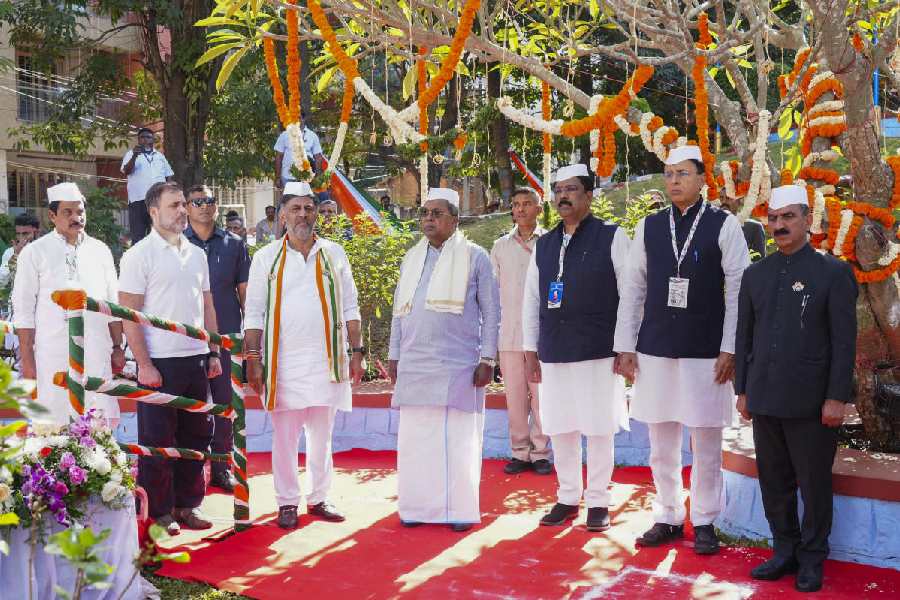Ahead of the interim budget, the Modi government has cut the customs duty on smartphone components to 10 per cent from 15 per cent.
Analysts said entry-level handsets would be cheaper by about 5 per cent, if this benefit is passed on to customers.
The duty cut is aimed at boosting production and exports as well as reducing local handset prices.
The finance ministry notified the cut in duty on all goods for use in the manufacture of cellular mobile phones to 10 per cent on January 30.
In the gazette notification, the ministry said the import duty on parts such as battery cover, front cover, middle cover, back cover and main lens has been reduced to 10 per cent.
The cuts will also apply to GSM antenna, PU case, SIM socket, screw, and other mechanical items of plastic and metal as well as LCD foam and sticker-battery slot, among others.
Telecom minister Ashwini Vaishnaw in a post on X said the duty rationalisation would strengthen the mobile phone manufacturing ecosystem. “Rationalisation of customs duties brings much needed certainty and clarity for the industry.”
Counterpoint Research’s senior analyst Prachir Singh said the move will benefit the original equipment makers by reducing their cost, which will be passed on to the end customer in the near term.
“This move can help to drop smartphone prices by 3-5 per cent, empowering the consumers and making the devices affordable, especially in the entry and budget segments.”
“These segments were the worst hit by the currency fluctuations and have witnessed price rises in the past year. We can expect the entry-tier and budget segments to impact and witness growth in the coming quarters positively,” Singh said.
GTRI co-founder Ajay Srivastava said the duty cut will have no impact on the export
competitiveness of Indian handsets as all inputs, parts and components used in the making of mobile phones for exports can already be imported at zero duty under various government schemes such as SEZ, advance authorisation. Companies such as Apple use the schemes.
“The government should watch out if the benefit of duty cuts are passed to domestic mobile phone buyers through price cuts,” Srivastava said.
The Indian Cellular and Electronics Association (ICEA) chairman Pankaj Mohindroo said this was a critical policy intervention by the government towards making mobile manufacturing competitive in India.
“Electronics have improved from the ninth position a few years ago to India’s fifth largest export in 2024. Mobiles constitute over 52 per cent of electronics exports thanks to Production-Linked Incentive Scheme. This is the first industry to leapfrog out of import substitution to export-led growth within the last eight years,” Mohindroo said.
“The government has in effect slashed the import duty on mobile components with a clear intention of boosting the indigenous assembly of mobile phones. This positive move is poised to facilitate a level playing field to Indian companies by enhancing their competitiveness at the global stage, ultimately contributing to the growth of India’s export sector,” Nangia Andersen India associate director — indirect tax, Khushbu Trivedi, said.
Meanwhile, smartphone shipments remained flat at 152 million units in 2023, market research firm Counterpoint Research said on Wednesday.
Apple shipments crossed 10 million, helping it capture the top position in revenue for the first time in a calendar year.











